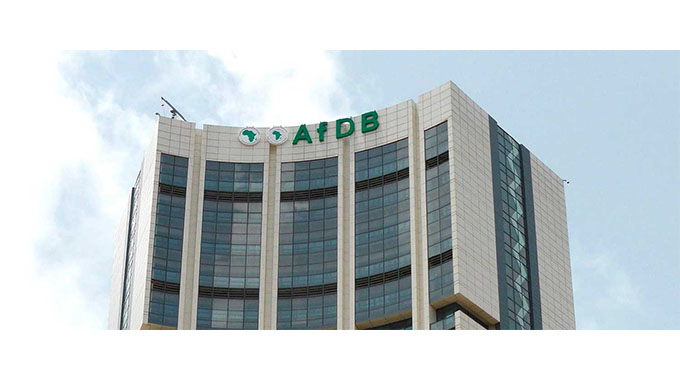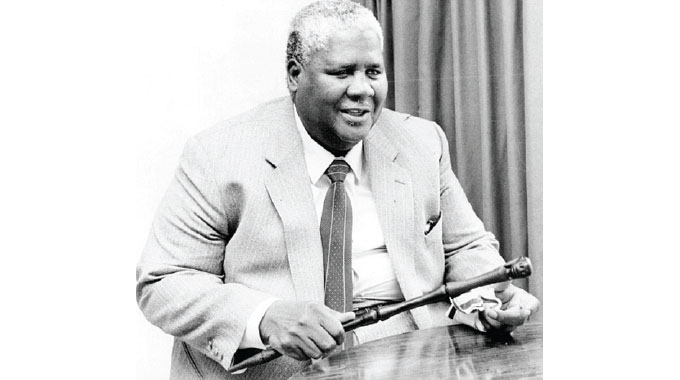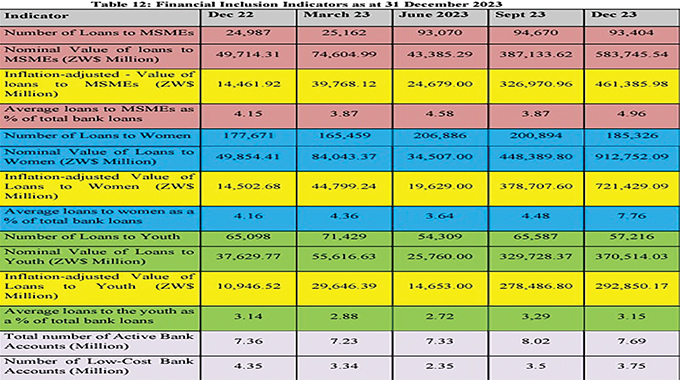Africa aviation set for major transformation

Business Writer
AFRICA’S commercial aviation is set for major transformation after the African Development Bank (AfDB) held discussion workshops with aircraft manufacturers — Airbus and ATR — to explore ways of strengthening access to finance for African airlines.
The Pan African bank is studying the feasibility of setting up an aircraft leasing platform. Operating leases account for more than 45 percent of operational fleets worldwide.
The sessions, held on June 14 and 15, will support the Bank’s efforts to develop and adapt financing instruments to the continent’s aviation needs, boosting its air transport market.
“The workshops featured discussion of bank financing instruments, including guarantee products, the bank’s approach to credit risk assessments and the outlook for Africa’s aircraft market.
“Representatives of the bank and the manufacturing firms also discussed sources of financing that included export credit agencies, multilateral development banks, non-payment insured financing and sovereign support,” it said in a statement.
The Covid-19 pandemic had a negative blow on the continent’s air travel. Before its onset, African aviation represented a roughly three percent share of the global market, although the continent has 17 percent of the world’s population, said the bank. However, Africa’s economies are expected to rebound to growth from the pandemic.
Economic recovery is projected to lead to the delivery of 1 230 wide and single aisle new aircraft and 230 turboprop planes through 2040. A recent study undertaken by the Economic Commission for Africa (ECA) suggests that implementation of the African Continental Free Trade Area will lead to a 28 percent increase in intra-African freight demand through 2030. That projected growth will require 250 additional aircraft, which will need to be financed.
AfDB said owing to a difficult operating environment that includes constrained access to credit, only a few African airlines are profitable.
“As a result, air transport remains unaffordable for the average African. High operating costs, coupled with low passenger traffic, drive fare hikes as carriers try to increase their profitability. In recent years, airfares for intra-Africa flights are observed to be 2-3 times higher than in other regions of the world.
“Further, in spite of efforts by governments, public institutions and private stakeholders, a large share of air traffic flows through a few airports, particularly those of Cairo, Johannesburg, Casablanca, and Addis Ababa. This leaves many other routes un- and under-served.”












Comments